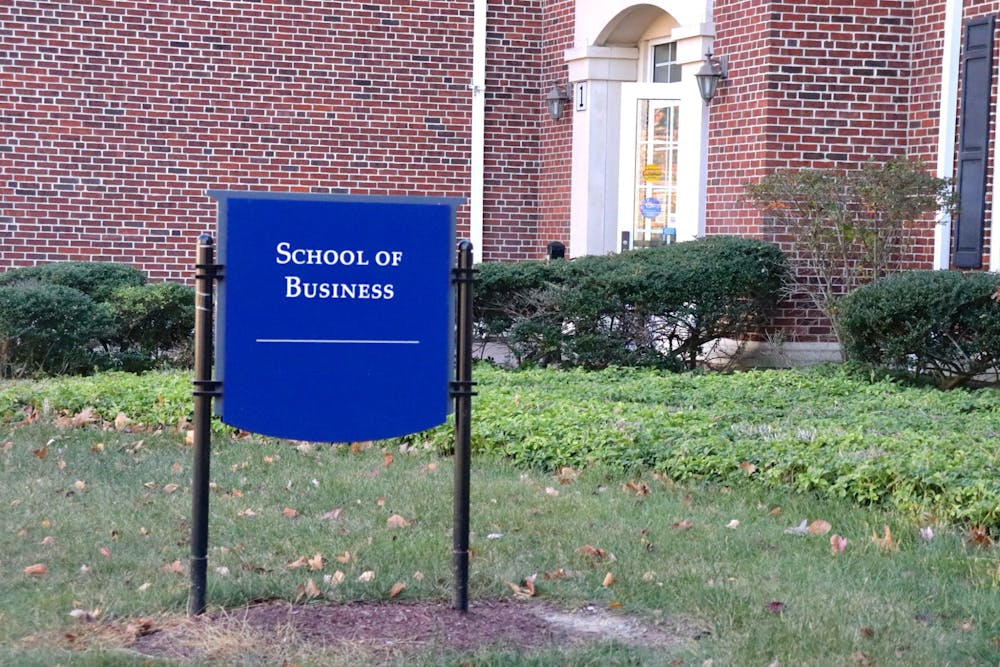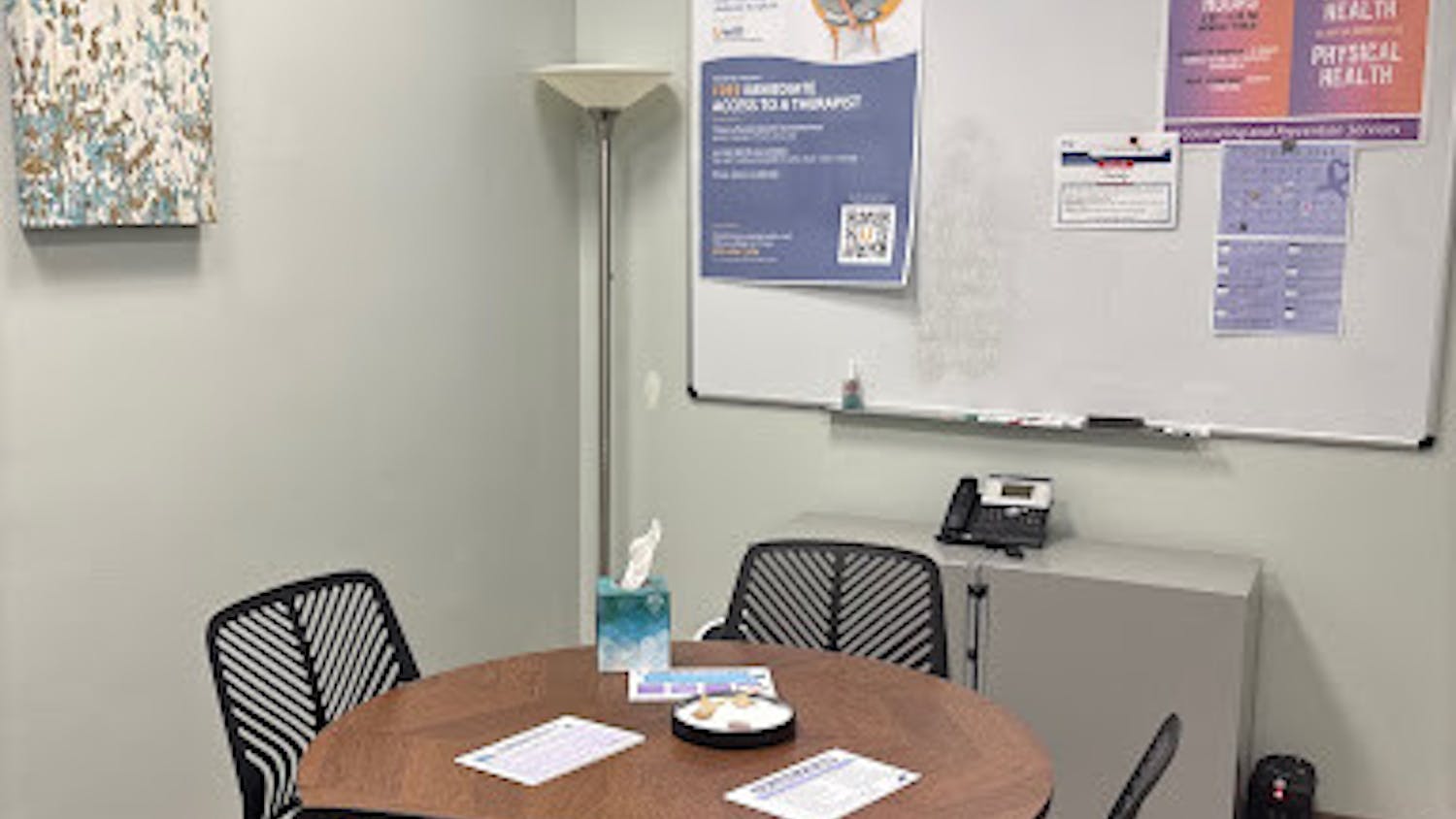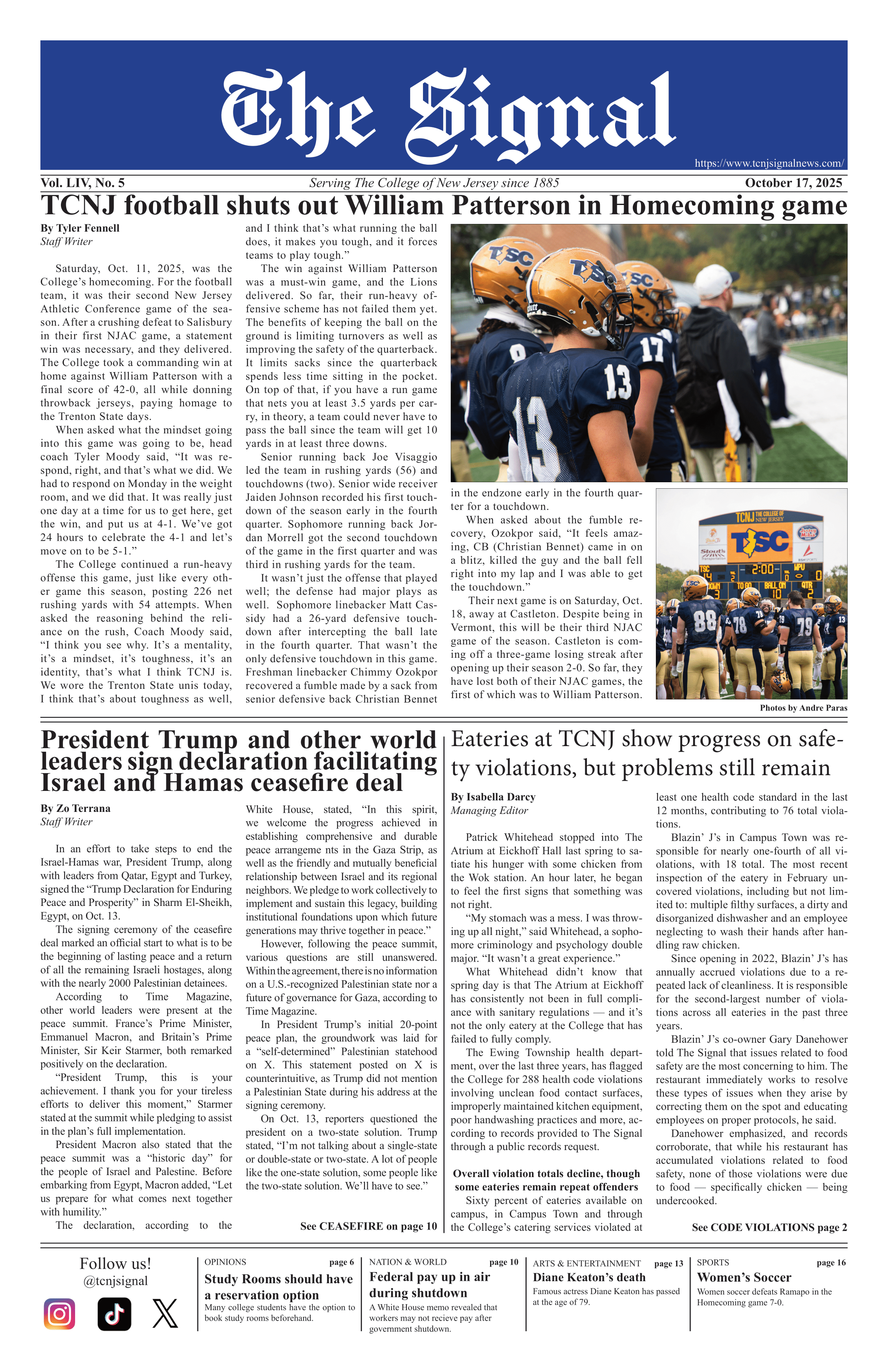By Parisa Burton
Nation & World Editor
The School of Business Inclusion Council, a student-led DEI advisory board formed in 2024 by the department’s DEI Committee, works to “coordinate professional development, School initiatives, and programming/events/campaigns with a DEI focus.” The council collaborates with School of Business Dean Tammy Dieterich and Administrative Assistant Stephanie Horner.
“We create diversity initiatives and different programs for the faculty and students so that they could get more educated on DEI on campus,” said Shreya Grandhe, SOBIC member and senior interdisciplinary business major. “The things that we do are diversity, equity and inclusion related.”
Grandhe said her business classes over the years have been taught by a variety of professors from different backgrounds, which she was appreciative of because they each brought a different perspective.
Miguel Hernández-Delgado, SOBIC co-chair and sophomore management major, expressed similar gratitude. His first steps into the business school felt welcoming, he said, especially after establishing a meaningful connection with his Spanish-speaking Puerto Rican professor, who later wrote letters of recommendation for him.
As for the community aspect, Hernández-Delgado said he feels the social dynamic in most business classrooms is lacking but there is potential room for improvement. Students from diverse affiliations, such as sports, student government and greek life, bring a unique perspective to the classroom, yet these students don’t naturally interact. SOBIC hopes to change that.
“We’re just in our own world, our own bubble, which is okay but it’s not the real world,” Hernández-Delgado said. “We’re going to go into meetings and need to connect with people.”
So far, SOBIC initiatives have been education-based, but the group recently partnered with the School of the Arts and Communication to host an art contest inviting participants to create work that embodies both inclusivity and business for a monetary prize. The winner’s work will also be displayed in the School of Business lounge.
“One of the bigger things that we did was host a DEI presentation on microaggressions for both the faculty and peer mentors.” Grandhe said. “What we realized through that initiative was that not only can we be there for students and try to educate them, but we can educate the faculty.”
Grandhe recalled that one of the faculty members did not initially know what microaggressions were, which was alarming to her considering his high authority on campus.
“The fact that he didn’t know just shows me that people are unintentionally ignorant and that’s okay…but you’re dealing with such a diverse group of students in the business world, so I feel like you need to be a lot more educated on that,” Grandhe said.
Hernández-Delgado echoed this concern, noting that his white peers sometimes subconsciously say things that can be harmful and that educating them through initiatives like presentations is a key part of addressing this ignorance.
For the art mural, the overarching goal is to diversify the business space through creative and cultural expression that still resonates with business. However, Grandhe and Hernández-Delgado recalled that many students felt that the prompt was too narrow and difficult to interpret.
“It isn’t as narrow as you think because there are so many examples,” Grandhe said.
Hernández-Delgado added that “Mexicans are entrepreneurs by heart…My uncle has three businesses…People sell in the markets in our countries where people buy their fruit…Somebody can paint something like that, something cultural. It doesn’t have to be in an office. That’s how the American side looks at it… that’s what they only see as business, but there’s so much more out there that people can consider.”
Major challenges the council has faced thus far stem from being a new organization without an established blueprint. There were no positions initially assigned, so it was left up to students to decide how to organize themselves. Additionally, its members are all highly involved on campus, making time management another hurdle.
A key goal for SOBIC is to raise DEI awareness on campus while branching out beyond education-focused initiatives to bring in a wider range of students during events.
“There isn’t exactly something to look forward to in the sense that other cultural clubs have food and performances whereas this one, since it’s more educational, it’s harder for people to come because they’re not interested,” Grandhe said.
SOBIC is working to address the lack of student interest. The group plans to host future events that feature cultural performances and food to entice people, while still incorporating an educational component. Funding hasn’t been an issue so far, as Dieterich has given them the green light to create initiatives that resonate with students, as long as they are properly planned and meaningful.
SOBIC also aims to build a social media presence on Instagram to promote their value and partner with different campus organizations, such as Cultures United, which fosters the sharing of diverse cultural experiences.
A long-term goal of theirs is for every school at the College to have a DEI student inclusion council, unified under student government and overseen by Vice President for Inclusive Excellence Tacquice Wiggan Davis. With her guidance, these councils can align with the College’s goals and spread messages more effectively through a network of passionate students.
As a predominantly white institution, Grandhe noted that this has led to a sense of seclusion on campus, with students often gravitating toward people with similar backgrounds. She also pointed out that cultural club events tend to see limited turnout from those outside the represented groups.
“If our white peers were a bit more educated or a bit more willing to experience other cultures, this kind of bubble wouldn’t be there,” Grandhe said. She hopes that SOBIC can bridge this gap by encouraging more students to engage with and appreciate diversity on campus.
Hernández-Delgado believes that increased exposure to cultural diversity would help reduce the isolation of people of color at the College. He also noted that this exclusion is rooted in systemic practices, such as redlining, which were designed to marginalize and isolate communities of color.
“People in power are still working to do that instead of using the millions for something the community can benefit from,” Hernández-Delgado said. “[An inclusion council] is more needed now than ever. With this, we have power.”
In line with this vision, SOBIC aims to foster diversity and inclusion on campus by creating an outlet where students feel comfortable discussing these issues, calling out hate and confiding in them for support.
“If people could see that there are still initiatives and councils, it just shows that we’re here for them and these things are not going to stop being talked about,” Grandhe said.







